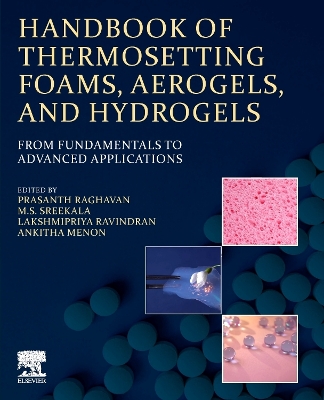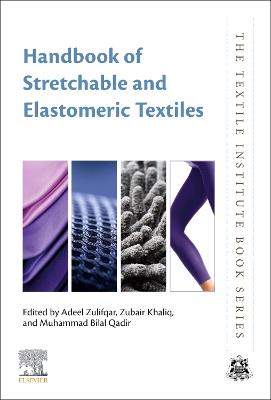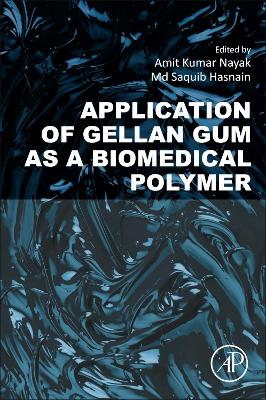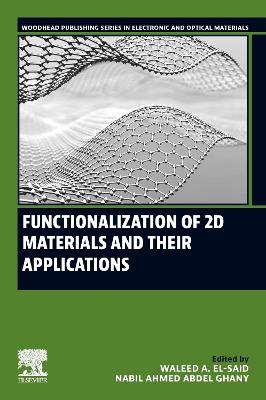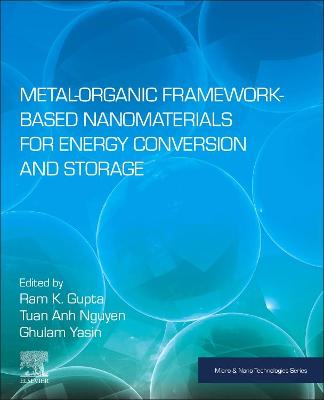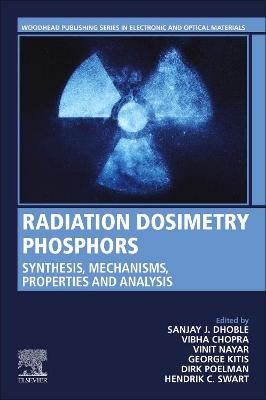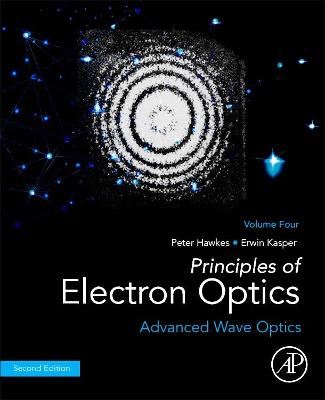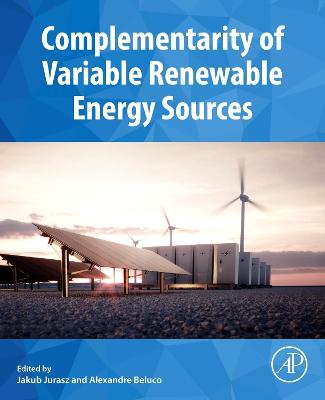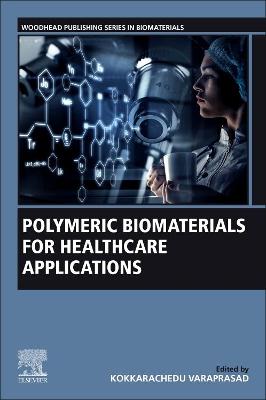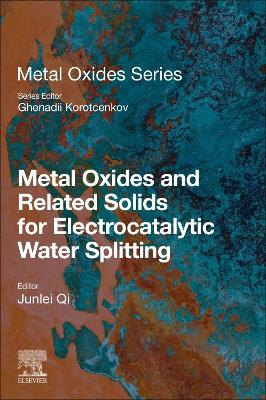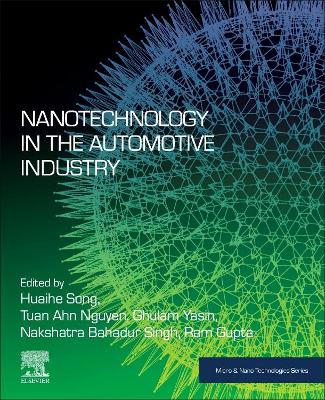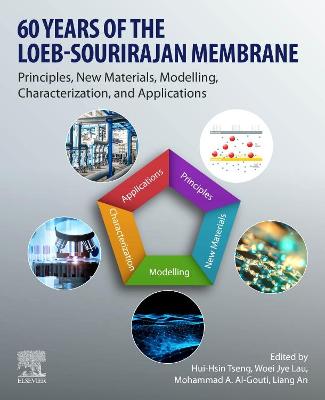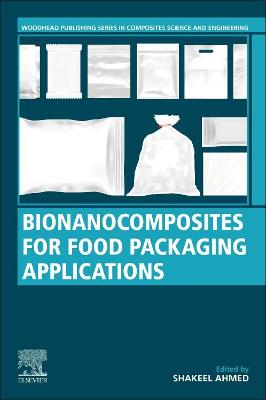Lithium-Sulfur Batteries
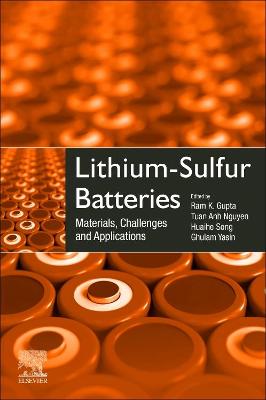 -10%
portes grátis
-10%
portes grátis
Lithium-Sulfur Batteries
Materials, Challenges and Applications
Nguyen, Tuan Anh; Yasin, Ghulam; Song, Huaihe; Gupta, Ram
Elsevier - Health Sciences Division
03/2022
708
Mole
Inglês
9780323919340
15 a 20 dias
450
PART 2: NANOMATERIALS AND NANOSTRUCTURES FOR SULFUR CATHODES 11. Porous carbon-sulfur composite cathodes 12. Recent advancement on nanocomposites of carbon / sulfur electrodes for lithium sulfur (Li-S) batteries 13. Advances in nanomaterials for sulfurized carbon cathodes 14. Graphene-sulfur composite cathodes 15. Nanocomposites of graphene-sulfur as cathode materials and separators for Li-S batteries 16. Graphene-sulfur nanohybrids for cathodes in Li-S batteries 17. Metal-organic framework-based cathode materials in Li-S batteries 18. MXene-based sulfur composite cathodes 19. Polymeric nanocomposites for Li-S batteries 20. Design of nanostructured sulfur cathodes for high-performance lithium-sulfur battery 21. Nanostructured additives and binders for sulfur cathodes
PART 3: LITHIUM METAL ANODES: MATERIALS AND TECHNOLOGY 22. Metallic Li anode: An introduction 23. Advanced carbon-based nanostructured framework for Li anodes 24. Carbon-based anode materials for lithium-ion batteries
PART 4: APPLICATIONS AND FUTURE PERSPECTIVES 25. Li-S batteries for marine applications 26. Two-dimensional layered materials for flexible electronics and batteries 27. Sustainability in Li-S batteries 28. Recyclability and recycling technologies for lithium-sulfur batteries 29. Recyclability, circular economy, and environmental aspects of Lithium-sulfur batteries
PART 2: NANOMATERIALS AND NANOSTRUCTURES FOR SULFUR CATHODES 11. Porous carbon-sulfur composite cathodes 12. Recent advancement on nanocomposites of carbon / sulfur electrodes for lithium sulfur (Li-S) batteries 13. Advances in nanomaterials for sulfurized carbon cathodes 14. Graphene-sulfur composite cathodes 15. Nanocomposites of graphene-sulfur as cathode materials and separators for Li-S batteries 16. Graphene-sulfur nanohybrids for cathodes in Li-S batteries 17. Metal-organic framework-based cathode materials in Li-S batteries 18. MXene-based sulfur composite cathodes 19. Polymeric nanocomposites for Li-S batteries 20. Design of nanostructured sulfur cathodes for high-performance lithium-sulfur battery 21. Nanostructured additives and binders for sulfur cathodes
PART 3: LITHIUM METAL ANODES: MATERIALS AND TECHNOLOGY 22. Metallic Li anode: An introduction 23. Advanced carbon-based nanostructured framework for Li anodes 24. Carbon-based anode materials for lithium-ion batteries
PART 4: APPLICATIONS AND FUTURE PERSPECTIVES 25. Li-S batteries for marine applications 26. Two-dimensional layered materials for flexible electronics and batteries 27. Sustainability in Li-S batteries 28. Recyclability and recycling technologies for lithium-sulfur batteries 29. Recyclability, circular economy, and environmental aspects of Lithium-sulfur batteries

